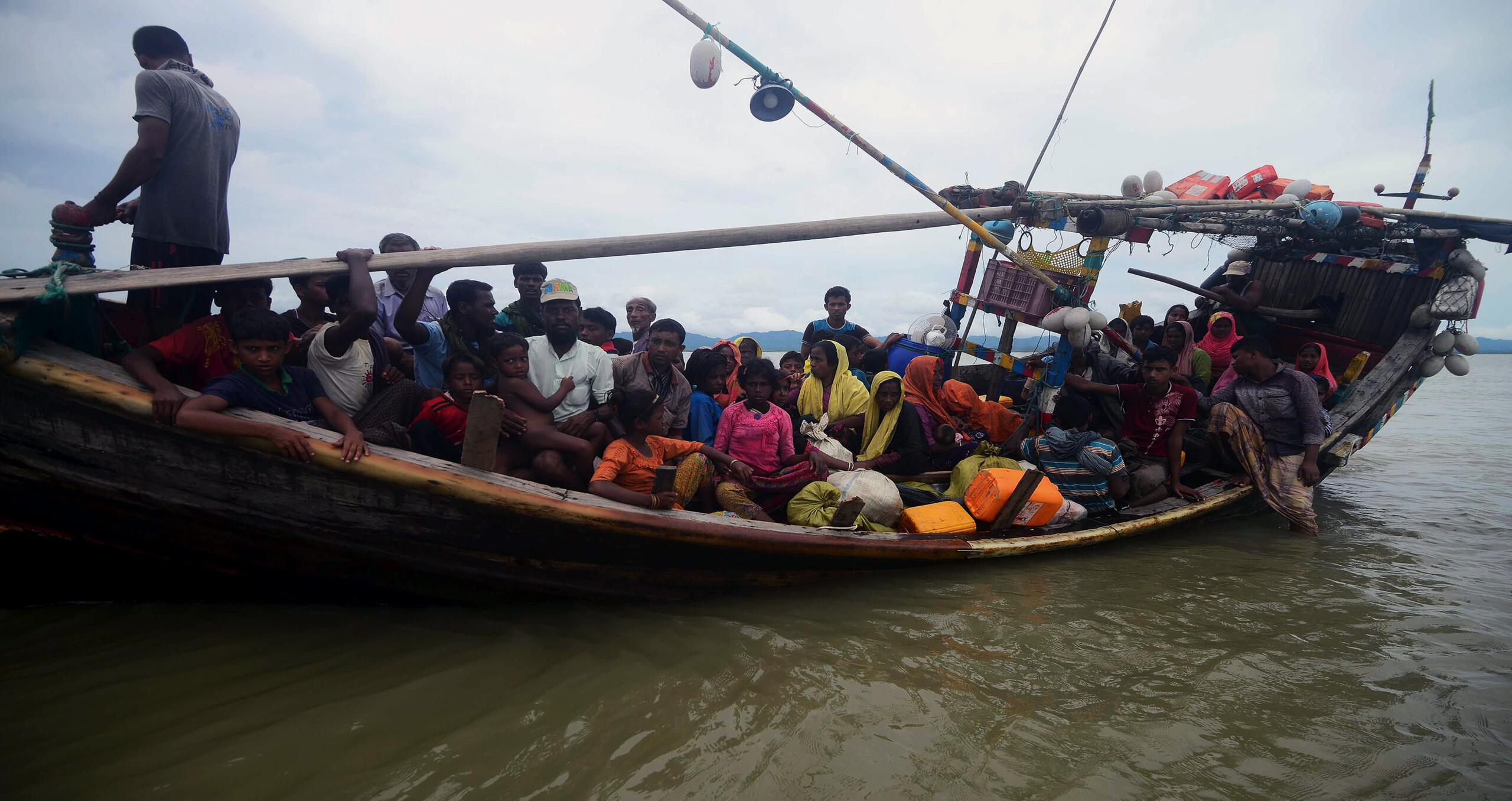UNHCR urgently appeals for the rescuing of Rohingyas at sea

Rohingya refugees arrive at Shah Porir Dwip, Bangladesh (Image not directly related to the article). Photographer: Mamunur Rashid (Shutterstock, 2017).
UNHCR urgently appeals for the rescuing of Rohingyas at sea
A rescue appeal was made on Monday, February 22 by the United Nations High Commissioner for Refugees (UNHCR), following reports of Rohingya refugees being onboard a broken-down vessel in the Andaman Sea (UNHCR, 2021).
The refugees have been at sea for almost two weeks, having departed from the Cox Bazar region in southern Bangladesh. Once at sea, reported engine failure left the boat in distress and it began to drift (UN, 2021).
Those on board are now reported to be suffering from extreme dehydration, as well as going without food, supplies having ran out days ago. Unfortunately, some of those onboard have already lost their lives, and unless immediate action is taken, many more will face the same fate (UNHCR, 2021).
Why has this happened?
Political persecution and systematic discrimination of the Rohingya people in Myanmar (a Muslim ethnic minority) has led to thousands of displaced people fleeing the violations of human rights being committed against them (Guglielmi et al, 2021).
Myanmar has been experiencing ongoing unrest and violence for many years, with the first wave of Rohingya refugees fleeing in the 1990s, the most recent influx beginning in August 2017 (UNHCR, 2019). Since then, the murder, destruction of homes, and rape of the Rohingya has driven them to escape to what they hope will be safety (Elis-Petersen & Rahman, 2021).
Recent figures estimate that 716,915 Rohingya refugees have been displaced from Myanmar, many making the journey to Bangladesh. The total refugee population of Bangladesh is 866,457 (figures reported in December 2020) (UNHCR, 2020).
Bangladesh’s Cox Bazar region, from which the distressed vessel departed earlier this month, is located on the border of Myanmar, and has become the site of vast refugee settlements. It is thought to be the world’s largest refugee camp. Conditions in the refugee settlements in Bangladesh have been described as overcrowded, with limited access to sanitation, food, water, and healthcare (British Red Cross, 2021).
The Bangladeshi government is reportedly becoming increasingly frustrated with the refugee crisis happening in the country. Officials have stated that they intend to proceed with the repatriation of Rohingya refugees within the year, whilst tightening up border security to prevent further refugees from entering (Elis-Petersen & Rahman, 2021).
The Rohingya people who now attempt to leave the Bangladeshi camps do so by being smuggled on boats to countries such as Malaysia, Indonesia and Thailand, with the promise of a better life (Gleeson, 2020).

Article by
Costadina Tsoukala-Steggell

Categories
Bangladesh, Categories, Human rights, Myanmar, News, Refugees


